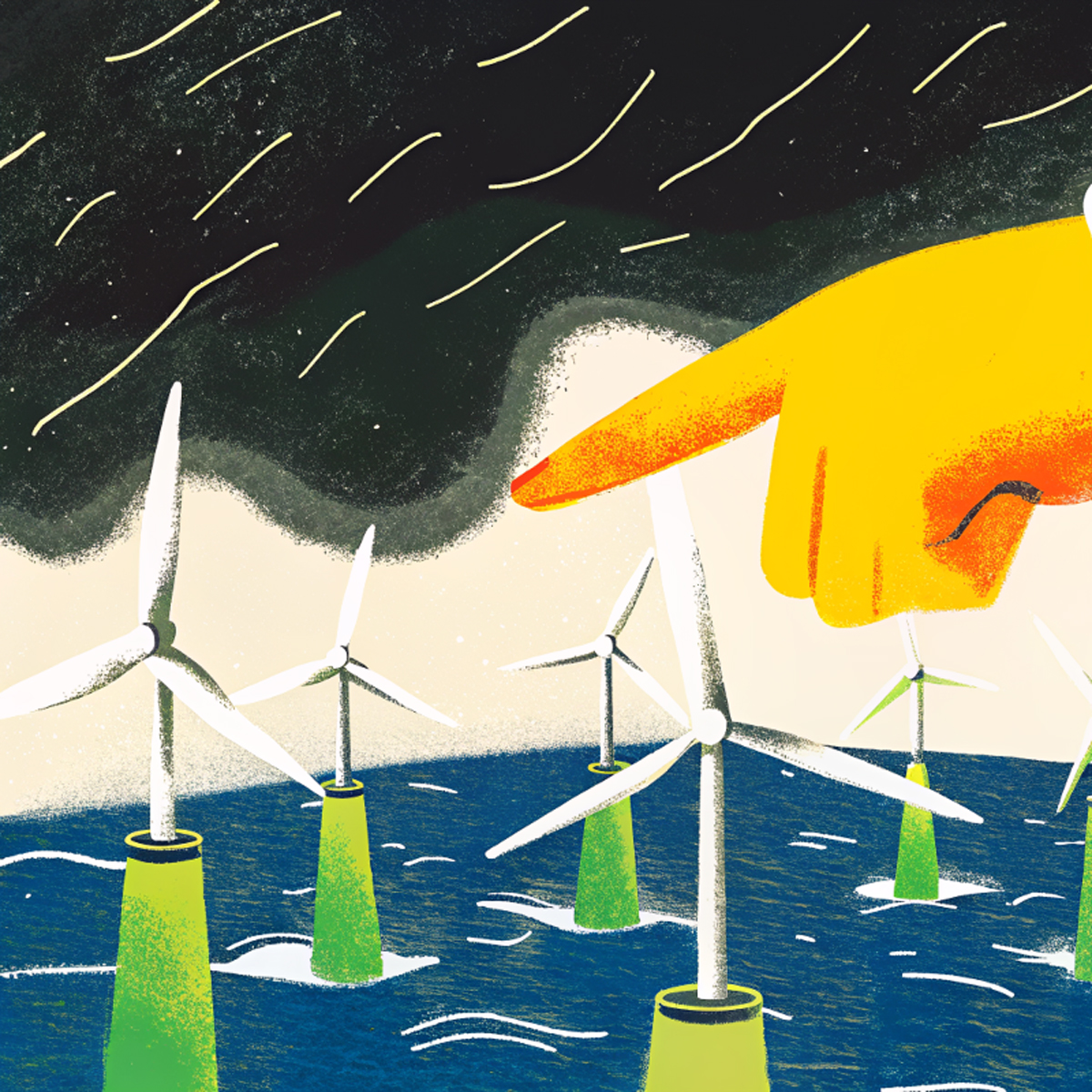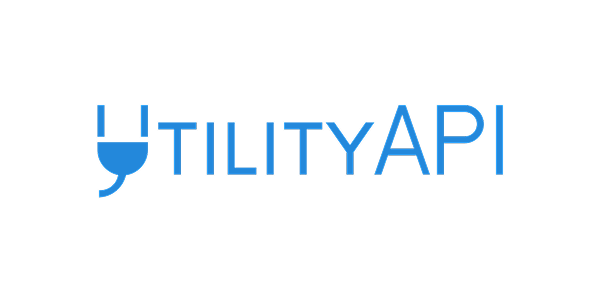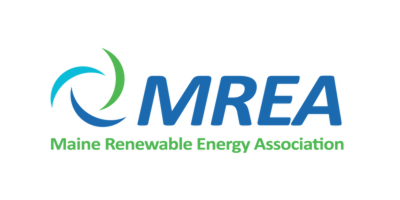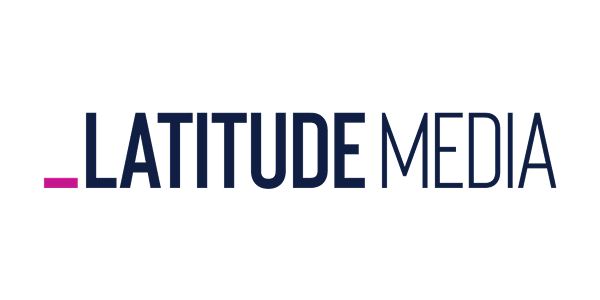Cities, states, counties, businesses, and others are setting bold climate and renewable energy goals. However, these ambitious goals rarely include commensurate targets or funding for the electricity infrastructure necessary to support the resulting influx of renewable energy projects and distributed generation. Simply put, investment is needed to meet these goals.
Exploring the Shortfalls
Despite the foundational importance of our transmission and distribution infrastructure, we face many challenges in America’s grid landscape. Here we explore some of our current system’s major shortfalls and propose potential solutions that will help us reach our lofty environmental objectives.
Shortfall 1: Years of Underinvestment
Underinvestment has left our electricity system prone to problems – in fact, it’s estimated that 92% of electricity service interruptions are a result of failures in the electricity grid system. This system of 600,000 miles of transmission lines and approximately 5.5 million miles of local distribution lines is aging, with hundreds of thousands of miles over 25 years old, and some segments over 100 years old.
Regional grid systems across the country are unable to bring new renewable energy projects online due to overwhelming congestion and other transmission capacity limitations. In the Department of Energy’s Annual U.S. Transmission Data Review from 2018, multiple cases are highlighted, including the example below from ISO-NE’s report on system constraints:
“In 2014 and 2015, the ISO conducted Strategic Transmission Assessments of the integration of new wind resources in Maine and in Vermont. The study found that transmission system improvements are necessary...the Keene Road and Bangor regions cannot support much additional wind capacity beyond the amount studied without major new transmission facilities. Large wind generation projects proposed in western Maine would also require major new transmission additions.”
This situation is not unique to the northeast, as it is a challenge faced across the country.
Shortfall 2: Lack of Grid Flexibility
Climate change poses its own challenges for our electricity infrastructure in the form of extreme weather events, natural disasters, and shifting energy consumption patterns. California has seen its power system threatened by an ever-lengthening fire season, Texas has experienced devastating blackouts in the midst of unprecedented winter storms, and the eastern US has been pummeled by a barrage of climate change-fueled hurricanes.
Aside from extreme events, changing energy consumption patterns demand a new grid that can adapt to the impending increase in load from electric vehicles, shifting peak and off-peak periods, and the ongoing push for building electrification.
In short, our electricity infrastructure needs to adapt to meet today’s challenges. This means having the right equipment to allow two-way power flows, and the sheer amount of power to support increased electrification across the economy.
Shortfall 3: Lengthy and Bureaucratic Process for Upgrades
As of 2021, the average timeline for full completion of a transmission project is ten years, and variations in project approval requirements, legal battles, and regulatory constraints can push that number even higher. PJM Interconnection, the largest electric grid operator in the US, is even considering a two year pause on new interconnection applications due to the massive 2,500 project backlog that has developed.
Thus, under current standards, a project initiated today with the intention of contributing to achieving 2030 climate goals may not even be online by 2030.
The 2016 report Building Electric Transmission Lines: A Review of Recent Transmission Projects offers insight into some common points of stagnation as projects move through federal, state, and local approval processes. Some of the most time-consuming steps include obtaining a Certificate of Public Convenience and Necessity (CPCN) and creating an Environmental Impact Statement (EIS). Long project approval timelines also create a unique set of self-perpetuating problems. When approval timelines stretch on for multiple years, local circumstances may change, affecting both the financial viability of projects and public support for them.
Distributed generation projects, notably community solar projects, are also impacted by long approval processes. While less impacted by grid transmission limitations, distributed generation still needs to receive interconnection approval to connect to the grid, and many interconnection queues face a significant backlog. It is common for developers to artificially limit project capacities so as to meet “fast-track” compliance requirements, but the approval process can still often take 6-18 months even for modestly-sized projects.
So What’s the Solution? A Non-Exhaustive List
A combination of efforts by committed elected officials and bureaucrats, industry groups and affected companies, and citizen activists can bring progress on multiple fronts simultaneously. Some steps in the right direction could include:
Solution 1: Increase Efficiency in the Approval Process
Implementing concurrent approval processes is an obvious step in the right direction. This shift would shorten the overall timeline for project approvals, allowing faster development of desperately needed new transmission and distribution infrastructure.
Timelines could also be shortened by introducing options for expedited legal proceedings. This would specifically reduce the likelihood of developers abandoning projects due to lengthy legal proceedings and hopefully put a stop to the practice of pausing all other efforts toward project approval while waiting for what has historically been years-long legal battles.
Solution 2: Increasing Government Investment in Infrastructure
The US electricity grid was designed to accommodate the 20th century energy landscape, and it is now sorely lacking in key areas. Investments in the grid are needed to address growing congestion, improve reliability, and better accommodate the 21st century shift to distributed generation and renewable energy.
The Infrastructure Investment and Jobs Act passed in 2021 includes provisions to advance investment in the electric grid, including implementing a $5 billion Department of Energy grid hardening and weatherization grant program, authorizing $6 billion for grid reliability and resilience research, and authorizing $500 million to the State Energy Program to support state transmission and distribution planning. But beyond funding, structural policy changes are still necessary to foster the transformational investment our transmission and distribution system desperately needs.
Solution 3: Increasing Private Investment in Infrastructure
Adopting policies to encourage greater investment by developers is also a worthwhile endeavor. As federal, state, and local governments mount climate action plans, they must go past the sexy investments in renewables and also actively legislate for transmission development. This can include a combination of carrots and sticks—sticks like requiring utilities to invest a certain amount per year on transmission maintenance and development, and carrots like financial subsidies for every new mile of transmission developed or retrofitted.
Short-Term Pain for Long-Term Gain
Alignment between stakeholders is essential to increase the efficiency of this process, reducing timelines for electricity distribution infrastructure development and bringing us one step closer to meeting climate and renewable energy goals.
In the interim, immediate solutions for electricity distribution, such as non-wire alternatives, and expanding distributed energy storage in a highly localized manner is necessary.



























